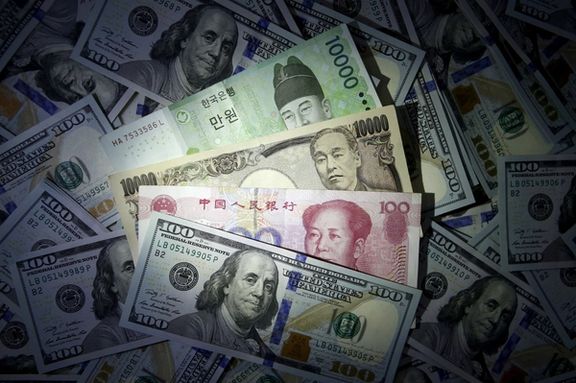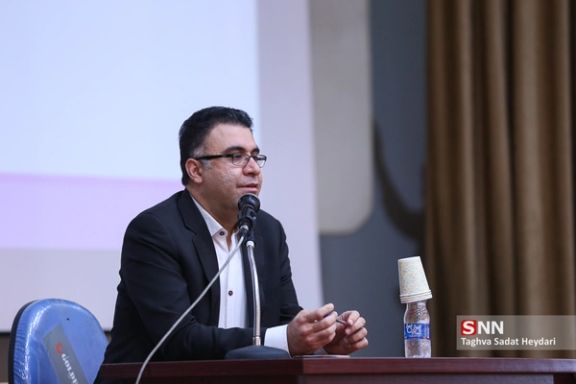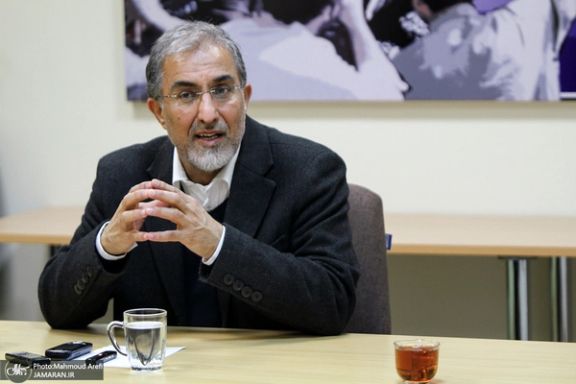How Would Iran Spend Its Unfrozen Assets?

As Iran is about to get access to its frozen oil revenues while its crude exports are bouncing to record levels, Iranians are debating how the regime spends its money.

As Iran is about to get access to its frozen oil revenues while its crude exports are bouncing to record levels, Iranians are debating how the regime spends its money.
Tehran has managed to increase its oil trade with China to the highest level in at least a decade as rising global prices make the discounted crude more attractive, Bloomberg cited information from data intelligence firm Kpler on Wednesday, a claim that regime officials have been boasting about for the past few months. A question still stands that if Iran is making more money despite the US sanctions, how come the country is suffering from such ever-growing economic woes.
However, Iranian analysts who see the regime as incapable of spending oil revenues in a wise manner doubt that any additional income can mitigate the current economic crisis.
Economist Ali Saadvandi told Ruydad24 Wednesday that the regime has wasted approximately $1.5 trillion of its oil revenues over the past 20 years, implying that the funds blocked in foreign banks due to US sanctions will be squandered upon release to Iranian authorities.

Last week, Iran and Washington reached an agreement whereby five US citizens detained in Iran would be released while $6 billion of Iranian assets in South Korea would be unfrozen and sent to accounts in Qatar that Iran could access to purchase humanitarian needs.
Saadvandi believes that instead of investment in infrastructure, the $6 billion will reach the coffers of the regime in about a month will be spent on food “as it has been the case for the past 40 years.”
President Ebrahim Raisi also said on Wednesday that Iran's released assets abroad will be used to enhance domestic production. US officials have said Iranian funds will be put in restricted accounts and used for humanitarian purposes such as buying food or medicine, but US officials remain tight-lipped on whether “ordinary people” will see any benefit of the released funds, or will it simply get channeled into the regime’s military machine.
Meanwhile, as Iran International reported this week, additional media reports suggest not only a $6 billion release from South Korean banks, but also the unlocking of frozen funds in Iraq (estimated between $11-12 billion) and over $3 billion from Japan. These funds will be held in Qatar and Oman.
Economist Hossein Raghfar told Fararu, a moderate website, that the regime does not have a good track record of investment in different sectors. A major part of the economy is based on selling natural resources very cheap – or in some cases free – through connections with senior officials, masquerading as privatization. “Since the ninth government (the administration of President Mahmoud Ahmadinejad in 2005), we have been witnessing the pillaging of national resources and the outflow of the country's main capital,” he said.

"The outflow of the country's capital, which includes assets earned from oil and gas revenues as well as natural resources is an example of this trend,” he underlined. “Since 2011, the net investment has been negative.”
“Turkey has borrowed over $400 million from the European Union and also generates revenue from tourism and energy transfers..."
He argued that "Saudi Arabia and other countries in the southern Persian Gulf region have also succeeded in making significant investments in various sectors, including emerging fields like artificial intelligence due to substantial revenues from oil exports, commodity sales, trade, and relatively small populations, ” Raghfar added.